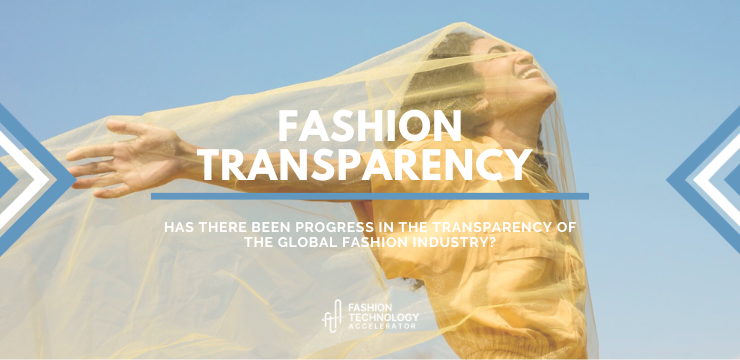
The fashion industry wields global influence, shaping trends and lifestyles across the world. However, beneath the glamour lies a complex and often opaque supply chain. In recent years, there has been a growing demand for transparency in the fashion industry.
The Fashion Transparency Index, published annually by Fashion Revolution, serves as a tool for evaluating and ranking the transparency of 250 of the world’s foremost fashion brands and retailers regarding their supply chains, social and environmental policies, and operational practices.
In this blog post, we will delve into the importance of transparency in fashion and how the Fashion Transparency Index is shedding light on industry practices.
Openness is crucial for instigating comprehensive transformation in the worldwide fashion sector; it constitutes the bedrock of profound alteration. Regrettably, a substantial portion of the fashion supply chain remains concealed, permitting unexamined exploitation to endure. While transparency might not be groundbreaking in and of itself, it stands as a vital initial measure. It should not be confused with sustainability; yet, without transparency, the endeavor for a fashion sector that is sustainable, responsible, and fair becomes an unreachable objective.
Transparency in the fashion industry involves revealing how clothes are made, from the sourcing of raw materials to manufacturing processes and worker treatment. When consumers have access to information about a brand’s ethical practices, they can choose to support companies that align with their values. Fashion is one of the most environmentally damaging industries globally, and transparency helps us comprehend the environmental impact of clothing production, encouraging brands to adopt sustainable practices.
The Index assesses brands’ public disclosure regarding human rights and environmental issues across 258 indicators in five key areas:
The index ranks brands on a scale from 0% (no transparency) to 100% (full transparency), motivating brands to enhance their transparency scores year after year. By evaluating brands, the index exposes gaps in transparency within the fashion industry, highlighting areas in need of improvement. It empowers consumers to make more ethical choices by providing information on brands’ practices and policies.
Many brands have begun disclosing more information about their supply chains, labor practices, and sustainability efforts in response to consumer demand and the Fashion Transparency Index. The index holds brands accountable for their practices, prompting changes in their operations and a stronger commitment to ethical and sustainable fashion. It has also raised consumer awareness about the significance of transparency, making them more conscious of their fashion choices.
Across all the data and statistics, it becomes evident that a multitude of companies are dedicating resources to address various social and environmental concerns within the industry. For instance, 89% of brands publish rules they impose on their suppliers regarding child labor, 53% communicate their equal pay policy, and 40% disclose their anti-waste strategies.
Among the findings, Fashion Revolution highlights that the percentage of brands not disclosing production volumes increased from 85% to 88% in one year. It also underscores the issue of water usage by brands, with only 23% disclosing their process for evaluating water-related risks.
The Index brings attention to a noteworthy milestone: for the first time, two of the top-ranked brands scored above 80% – OVS and Gucci. However, the report also emphasizes some concerning discoveries, including the fact that 94% of brands keep information about the fuels used in clothing production hidden, and an astounding 99% do not reveal the count of workers in their supply chain who earn a “living wage.”Once again, the overall progress in achieving transparency in the global fashion industry remains sluggish, with substantial variation in brand performance.
Supporting transparency in the fashion industry is essential for creating a more ethical and sustainable future. Here are ways you can contribute:
The Fashion Transparency Index is a potent tool driving positive change in the fashion industry. By promoting transparency, it compels brands to be accountable for their actions and empowers consumers to make ethical choices. As consumers, we possess the power to shape the future of fashion by supporting brands that prioritize transparency and sustainability.
If you want to have more information and download the Fashion Transparency Index 2023, just access the link: https://www.fashionrevolution.org/about/transparency/
Together, we can transform the fashion industry into a more ethical and sustainable entity for all.